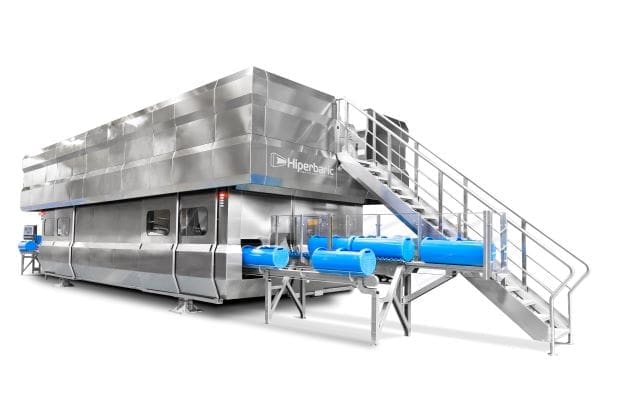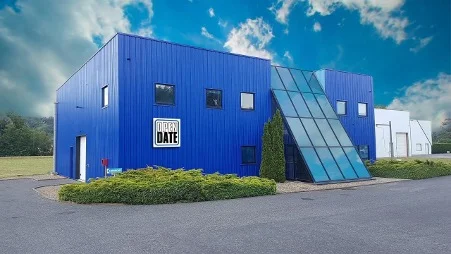High Pressure Processing (HPP) represents the response of the food and beverage sector to the growing social demand that demands products without additives, safer and more sustainable. HPP is a non-thermal technology used for the preservation of food and beverages.


It is a method that is based on applying high levels of pressure transmitted by water of up to 6,000 bar for a few seconds or minutes, which manages to inactivate the microorganisms responsible for food spoilage and preserve the nutritional characteristics of the fresh product.
This technology thus responds to the growing social demand for additive-free products, which are not eaten in isolation but are added to food to improve its preservation or its organoleptic properties.
This sector, with hundreds of production companies in the United States, Europe and Asia, will grow by 75% in five years, with an average annual increase of 15%, according to data collected by the Spanish company HIPERBARIC, world leader in the manufacture of industrial equipment of high pressure technology based in Burgos.
In 2021, 2,000 million kilos of HPP products were treated in the world, and the trend marks an average annual increase of 15%, which determines a very favorable future for this productive sector through innovative technology that increases quality health of the products by prolonging their shelf life, maintaining their nutritional and sensory characteristics and eliminating the use of preservatives and colorants. In Spain, products treated by cold pressure moved a figure of 800 million euros.


HPP technology replaces preservatives and colorants or thermal and chemical treatments, prolonging the preservation period of food and maintaining its nutritional value. Likewise, it extends its shelf-life allowing it to be exported to new markets and helping to reduce food waste.
According to a HPP technology guarantees food safety by inactivating bacteria that cause diseases, such as Listeria and Salmonella. The last one is the most common cause of food outbreaks in the European Union, and almost one in three foodborne outbreaks in the EU in 2018 were caused by this bacteria, according to a report published by the European Food Safety Authority (EFSA ) and the European Center for Disease Prevention and Control (ECDC).
HPP also responds to the social claim that requires clear and precise information on product labelling by allowing a ‘clean label’ that eliminates preservatives and additives, and meets consumer demand for sustainable and respectful purchases with the environment by reducing food waste and using recycled and recyclable materials in suitable packaging for this type of processing that also allow food to be refrigerated instead of frozen.
The implementation of this innovative technology has been experiencing constant growth in recent years, especially in North America where 47% of the market is located. Europe accounts for 25% of the global market, closely followed by Asia, which generates 16% of business. South America and Oceania each represent 5%, and the presence in Africa of this technology is testimonial with 1% of the market.





